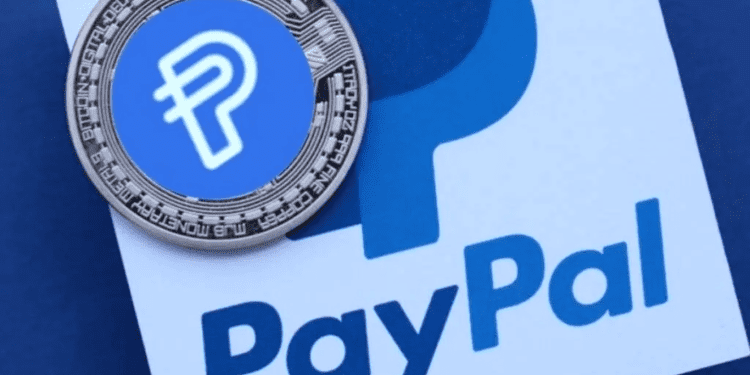- PayPal’s newly launched stablecoin, PYUSD, sees a modest market capitalization of $44 million in its first transparency report amidst a dwindling stablecoin market.
- Despite promises of transparent and reliable reporting, PYUSD trails substantially behind market leaders USD Coin (USDC) and Tether (USDT).
- Initial trading volumes for PYUSD on major exchanges indicate tepid demand, signaling a cautious approach by traders in a currently unstable cryptocurrency market.
In recent months, PayPal ventured into the cryptocurrency space, unveiling its very own stablecoin, PYUSD, in collaboration with Paxos Trust. PYUSD is a stablecoin pegged to the US dollar and backed by short-term treasuries, dollar deposits, and cash equivalents. Despite its robust infrastructure and the reputation of PayPal, the adoption of PYUSD has been slow-paced.
According to the first transparency report, PYUSD holds a market capitalization of $44 million, dwarfed significantly by established players such as USD Coin (USDC) and Tether (USDT), valued at $83 billion and $26 billion, respectively.
The majority of PYUSD’s backing comes from reverse repurchase agreements collateralized with U.S. Treasuries amounting to $43.8 million. These agreements, involving trades with reliable financial institutions, are seen as a safety net, mitigating substantial loss risks. Despite such secure backing, PYUSD currently constitutes only a tiny fragment of the market dominated massively by USDC and USDT.
Trading Volumes and Adoption
One of the essential functionalities of stablecoins is facilitating cross-border payments and remittances. While PYUSD was crafted with a promise to integrate seamlessly into web-specific environments, primarily favored for stablecoin transactions, it has yet to see a surge in adoption rates. The trading volumes for PYUSD have remained considerably low compared to its contemporaries, with CoinGecko reporting a daily trading volume of around $1.2 million, a figure substantially lesser than the daily trading volumes of Tether and USDC, which stand at $14 billion and $6 billion, respectively.
Moreover, most of this trading volume is witnessed on the HTX platform, formerly Huobi, with relatively smaller volumes recorded on well-known platforms like Coinbase and Kraken. These numbers indicate a cautious approach by traders towards PYUSD, possibly awaiting more stability and market performance data before fully embracing this newcomer in the stablecoin space.
Navigating Through a Turbulent Market
The stablecoin market, currently valued at $131 billion, has seen better days, with a significant reduction from its May 2023 valuation of $188 billion, highlighting a turbulent phase for this cryptocurrency variant. This decline, influenced heavily by issues surrounding other stablecoins like Terra’s UST and the failure of Silicon Valley Bank affecting USD Coin’s stability, indicates a period of skepticism and caution in the stablecoin market.
In the midst of these turbulent waters, PayPal has emphasized regulatory compliance, registering with the New York State’s Department of Financial Services, and initiating PYUSD with a clear regulatory roadmap. Moreover, PayPal’s commitment to regular transparency reports paints a picture of a stablecoin backed by a clear vision and reputable grounding.














